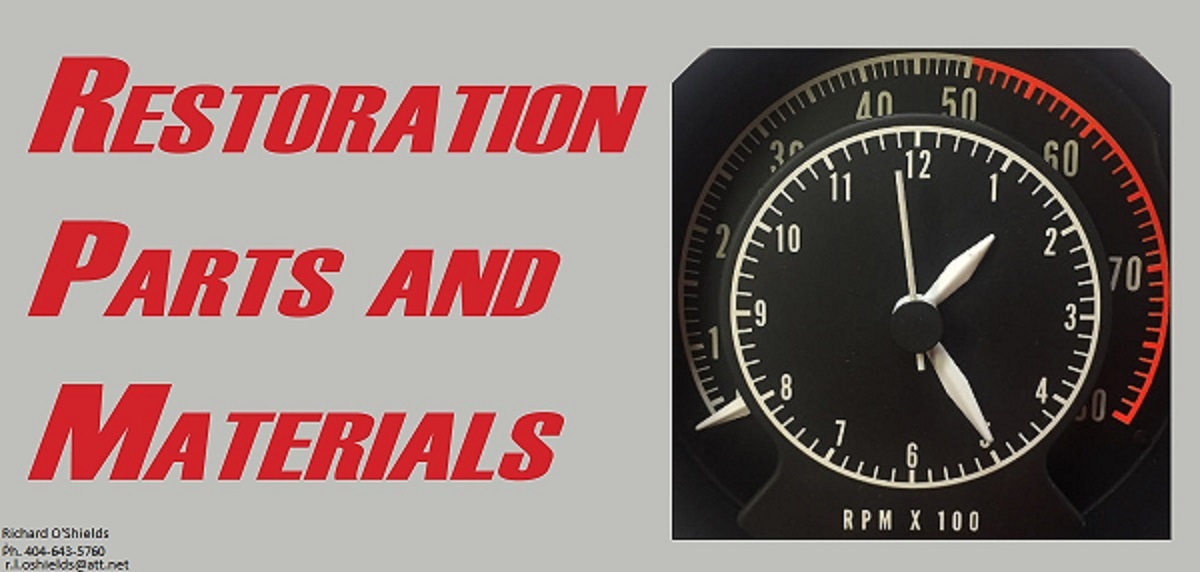For those interested in how these old exhaust analyzers work I will post a PDF of the service manual whereas the first section explains how the HC and CO levels are transmitted into electrical signals.
For those that were helping me, this is a different manual than what I was using, but seems to have more of the proper voltages (page 40 has the A101 circuit.) If you recall I was only getting 3.35V out of pin 6 of the A101 amplifier. In this document I should be getting 5V. To get the full picture I think I need to use both service manuals.
Below is the service manual that I have not been using that maybe I need to read. I may be able to boost the signal to A101 to get the 5 V, but still concerned about the "floating" signal at TP101.


For those that were helping me, this is a different manual than what I was using, but seems to have more of the proper voltages (page 40 has the A101 circuit.) If you recall I was only getting 3.35V out of pin 6 of the A101 amplifier. In this document I should be getting 5V. To get the full picture I think I need to use both service manuals.
Below is the service manual that I have not been using that maybe I need to read. I may be able to boost the signal to A101 to get the 5 V, but still concerned about the "floating" signal at TP101.
Attachments
Last edited:
















